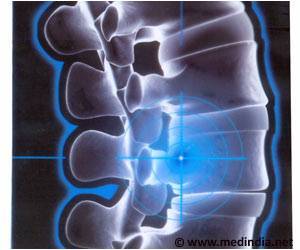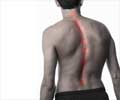New study emphasizes the role that open doctor-patient communication plays in encouraging treatment effectiveness in the adolescent age group.

‘Idiopathic adolescent scoliosis patients who wore their brace were less likely to require surgery, by 11 percent, due to less spinal progression.’





"Patients who were aware that their device measured brace use, wore their brace, on average, an additional three hours each day," said orthopaedic surgeon and lead study author Lori Karol, MD. The study also found that patients who wore their brace were less likely to require surgery, by 11 percent, due to less spinal progression. The average curve magnitude at the start of bracing was comparable at the start of the study: 33.2 degrees in the counseled group and 33.9 in the non-counseled group. Among the specific findings:
- Daily brace wear during the initial 180-day time period averaged 15 hours in the counseled group and 12.5 hours in the non-counseled group.
- Counseled patients who completed bracing averaged 13.8 hours per day of orthotic wear during the entire course of bracing, compared with 10.8 hours per day for patients who did not receive compliance reports.
- The spinal curve did not progress more than 6 degrees between the start of bracing and brace termination in 59 percent of patients in the counseled group, and 36 percent of patients in the non-counseled group.
- Children who did not need surgery wore their brace 2.1 hours more per day on average.
Source-Eurekalert










